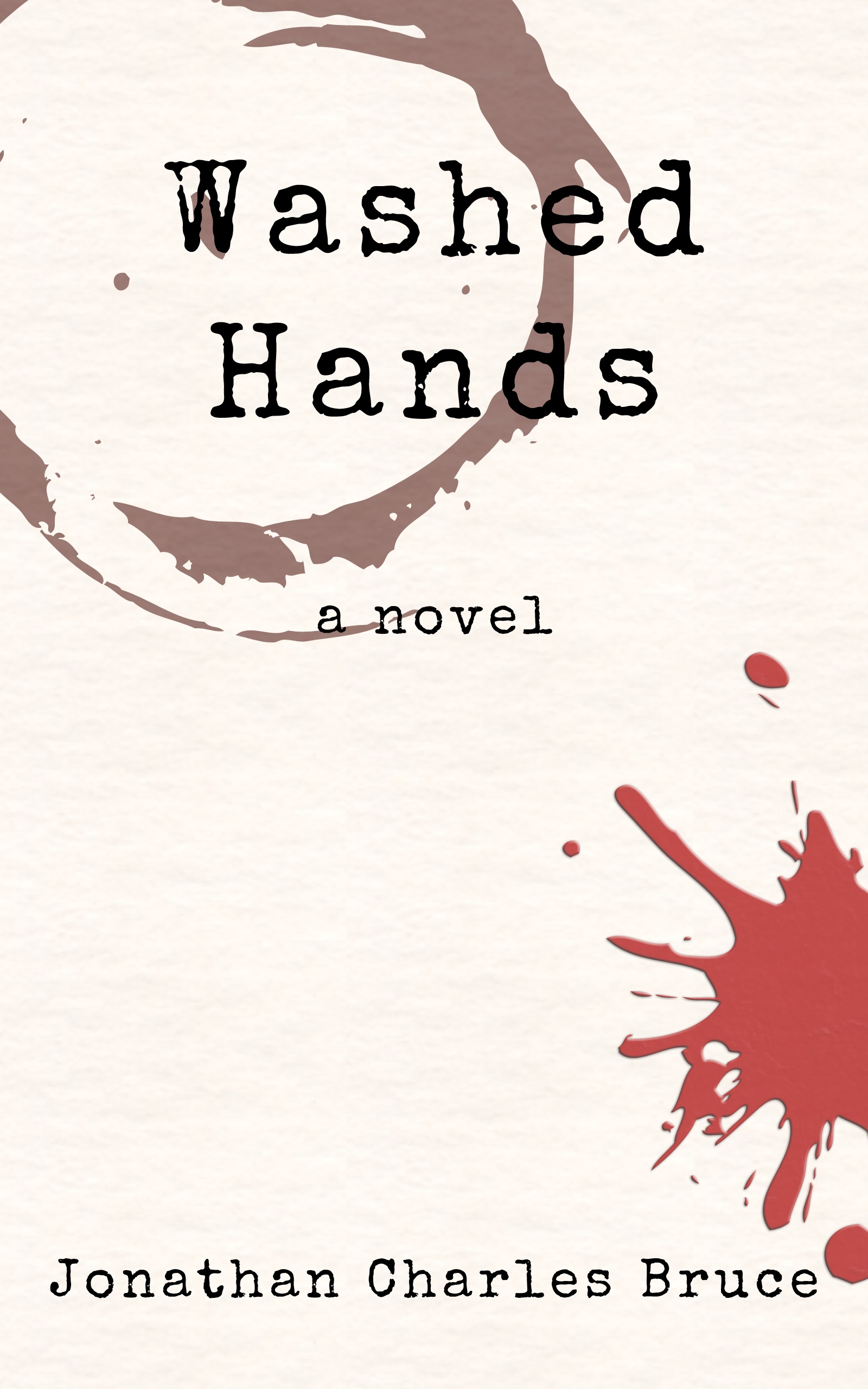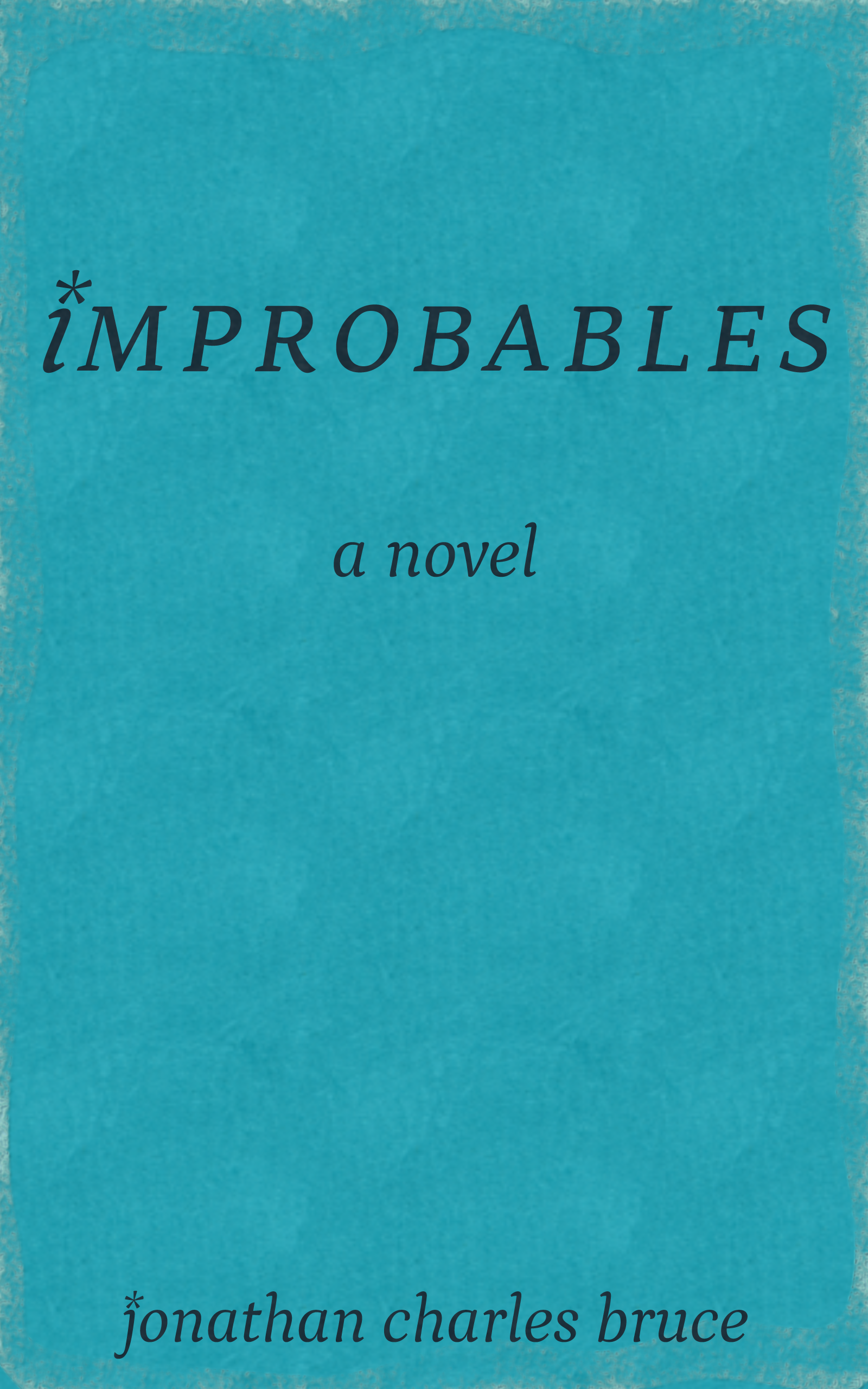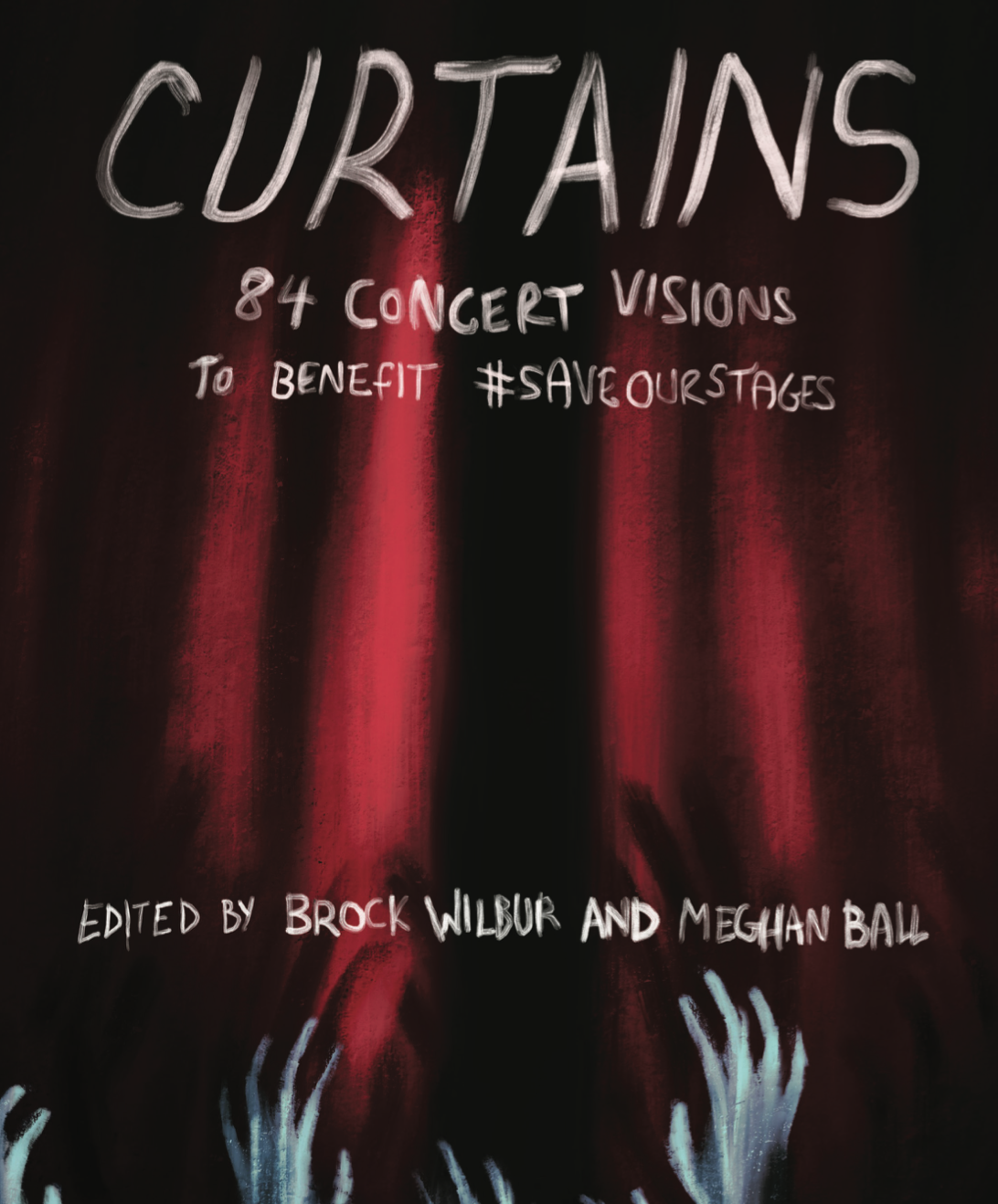Summer 2017 Reads
Final Girls by Riley Sager
My seventh summer read for 2017 was Final Girls by Riley Sager.

You know exactly what you did.
Ten years ago, Quincy Carpenter was the sole survivor of a slasher-movie-esque murder spree. Dubbed one of a set of three ‘final girls’ (two others had lived through similar massacres), Quincy still deals with the amnesia-clouded trauma of that night with a combination of medication, petty theft, and performative ‘normality’ with her public defender boyfriend. Then, the first final girl dies and it doesn’t take long to discover she’d been murdered. When the second girl, Sam, shows up on Quincy’s doorstep, a series of disturbing events force her to face what happened on that murderous night so long ago. Also, there’s a killer who may be interested in killing final girls, in case you didn’t pick up on that.
I am not going to lie, I was really looking forward to Final Girls. I love horror and slasher movies, and the idea of looking at the aftermath of something as horrifying as a Jason Vorhees-style mass murder just screams potential. I’ll also admit that I was worried that Final Girls would make my own Slash a little redundant, but I’m always happy when people do what I do but better.
Sager does not actually do anything with this premise at all. The whole ‘final girl’ trope was literally just used as a launching pad, and only a half-formed, barely understood one at that. The vast majority of the book is a rote thriller that refuses to stray into any unexplored territory. Most twists are either entirely predictable or utterly meaningless. One twist that is somewhat worthwhile has nothing to do with the main character and serves to highlight just how miserably selfish and boring the protagonist actually is. Anything approaching reflection on trauma and surviving something awful has been handled by the genre Sager guilelessly drew inspiration from: Halloween 2, H20, Wes Craven’s New Nightmare, Final Destination 2, or any smattering of Friday the 13th movies feature or heavily lean on prior survivor protagonists.
In fact, the whole idea that there was something unique about these kinds of slasher-style incidents is ultimately defeated by the mere fact that Sager’s work takes place in the United States, which sees mass shootings from so-called ‘lone wolf’ killers on a weekly basis. We also live in a world where a certain segment of the population believes that the mass murder of children several years ago was orchestrated by the government to suppress gun rights. A better book would have taken these kinds of realities and worked them into the narrative or at least responded to them in some kind of way. Perhaps ‘truthers’ relentlessly questioning Quincy’s reality (oh, hey, like how abusers routinely gaslight their victims!) or even a well-known conspiracy theorist releasing Quincy’s information so that people can ‘question’ her. Instead, the only glimpses of the ‘death culture’ that pops up around the final girls are trite and a little too-credulous. Ten years after the incident, and Quincy is enough of a celebrity to not only have websites devoted to talking about her, but also warrant a front-page cover of a tabloid.
And see, a big part of the slasher films that Sager doesn’t quite seem to care about is that very few people understand or care about the threat until it is much too late. None but the victims believe its Jason or Freddy or Michael or whatever. But that would get in the way of Quincy being a quasi-celebrity, something which is ultimately an irrelevant footnote.
The parts of the book that work out for the best are when there are brief flashbacks to the night of the incident. They are tantalizingly placed throughout the novel, and honestly are the only reasons to keep reading. Plot-convenient amnesia provides justification for why it takes so long to relay the events of that night. Sadly, it is also that amnesia which ultimately holds up the weight of the simultaneously bloated and threadbare narrative. The author takes great pains to say that such amnesia is not uncommon for trauma survivors. And this is true! But in narrative works, amnesia is plot spackle, often used to justify character behaviors that don’t make sense. And just guess how it’s used here! This is no Session 9 by any stretch of the imagination.
By the time the killer is revealed and killed a mere ten pages later, I hated so much of this book. Not just because I called the villain less than a chapter in. Not just because of the squandered potential. Rather, it is because of the fact that there were so many bad decisions on a structural level.
For example: the setting is primarily in New York City, the most diverse city in the United States, and yet the principal cast of characters is white. There are only two characters of color who get to speak: a Latina cop and a Latino crack addict (only their last names suggest that they are Latinx, mind you; I am forced to assume that this is because the characters were imagined as light-skinned enough to stymie an attempt for a food metaphor for their skin color). Then, of course, there’s apparently the only Black man in New York, who is a mugger (and, Quincy worries, a sex criminal). An elderly Asian couple playing ping-pong in proximity to a plot-relevant conversation rounds out the diversity.
And while there are a lot of just bad ideas that begin the process of killing the narrative with a thousand papercuts, the onus of dealing the deathblow is on Quincy herself. Put it plainly, she’s a deeply frustrating character to read. She’s a smug, holier-than-thou know-it-all who either is completely inept or manages to feign it very well. Pretty much all of her relationships exist to provide her with something for nothing in return. Those characters that actually expect her to do some kind of work in maintaining a relationship are viewed with scorn. She routinely refuses to simply talk to people, and then gets aggravated when they don’t psychically know what she wants.
To make matters worse, she is easily one of the most easily-coerced human beings I’ve ever had the misfortune to read. There is a deeply unnecessary sub-plot wherein she and Sam become vigilantes for… funsies? There’s no real rationale for it—she is goaded into it, just like she was goaded into taking a shitload of Xanax. She has the willpower of a grapefruit, but it won’t stop her from blaming literally everyone else around her.
(Spoilers! Highlight text to reveal!)
Quincy also refuses to learn from anything that happens, but that’s largely because she’s never held accountable for anything ever. In one of her vigilante outings, she beats a drug addict into a coma. She and Sam cover it up, but a detective sets in on them. All this does in terms of narrative (besides a weak motivator for a plot stuck in neutral) is provide Quincy with a knife for when she is confronted with the killer so she can unceremoniously stab him to death. Sam takes the rap for the beating, so Quincy faces no consequences. Somehow, the power of murdering a man gives Quincy the ability to forgive her mother, give up cold-turkey on Xanax (which, in what I assume was something the author had intended to do but never got around to establishing in any meaningful way, she was addicted to), and swoop in to become the grand matron of final girls by copying the first final girl’s job and stealing Sam’s tattoo.
That’s right: the book’s forced, unbelievable happy ending involves Quincy Single White Female-ing two women she directly or indirectly harmed.
Oh, I didn’t mention that the first woman is killed because of Quincy? Welp!
Keep in mind that this flaccidly saccharine epilogue happens after it is revealed that the police officer who ‘saved’ Quincy was the man who murdered all of her friends a decade prior (a plot twist that is telegraphed so blatantly that I may have called it nearly immediately, but a friend guessed it by reading the fucking synopsis). Sam has brought Quincy to the cabin in the woods where it all started. Quincy, thinking she’s gonna die, texts the officer who shows up and shoots Sam before making to kill Quincy. He explains his rationale for killing is, essentially, “I am soulless” with a dash of “I hate women who have sex”, making him a stock Dean Koontz villain.
I want you to think how this situation is going to look to the police who show up next: a dead cop and two suspects in a beating that left a man comatose. In what reality would anyone believe them, especially since it seems like the murderer literally lured their victim there with a stolen phone before stabbing him to death with a piece of evidence from an ongoing investigation? The finale feels half-assed and completely culturally ignorant, a rush job slapped together to hammer out a conclusion that feels utterly unearned.
Look, Final Girls just isn’t very good. Rather than utilize a more thorough or nuanced understanding of horror themes and tropes to tell a story, it merely takes the name of a trope and decides to build up a narrative around it. Because of this, the title begs comparison to others who have gone before in a contest that it can not hope to win. Quincy Carpenter is no Laurie Strode. She’s not in the same league as Ellen or Amanda Ripley. She is not the force of will that Nancy Thompson is.
As a narrative trope, a final girl is active in her own destiny, someone more than just a reactionary force. A little more effort put into parsing even a fraction of the subversive ideas that horror has played with over the years would have driven that point home and resulted in a less fractured, bloated, and meandering story. The truly tragic thing is that Final Girls could have been so much more than it actually is. A more accurate title would be Generic Thriller Girls.
But I guess that’s less catchy.
< PREVIOUS ENTRY • NEXT ENTRY >
Advice • Fiction • Gaming • General Musings • Reviews





